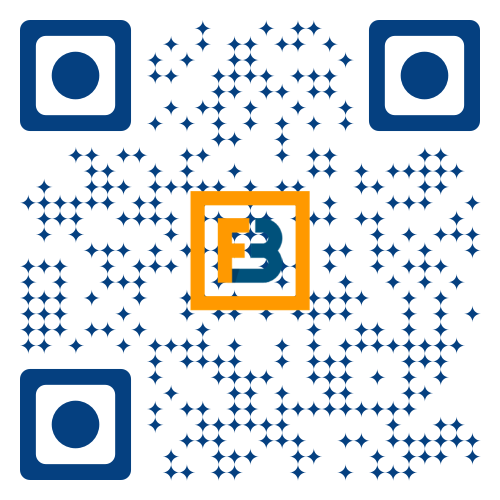Today’s world has challenges; one shared by all is to be safe and stay healthy. As we safeguard against COVID, we believe more effort must be made toward Precision Medicine and prevention. Like many, we are hopeful that science can offer those who catch COVID advances in treatment techniques based upon an approach called Lab on a Chip that will use Biomarkers to count the effectiveness of combinations of drugs as nature is positioned against nature in a world smaller than a wavelength of light.
Our beliefs are displayed by an idea for a new type of fundraising called Change for COVID, and we hope to work with others to bring positive momentum to those scientists who seek to help and protect all of us.
Weird people represent about twelve percent of the world’s population. Such people differ from other populations in cognitive thinking, decision-making, special reasoning, auditory or visual perception, and other psychological traits. Some describe these people as left-and-right-brained, and many have high IQs. Some are in a newly discovered type of human brain functioning called true multi-tasker that runs cooler the higher the number of applied tasks. Weird people can be more spontaneous or impulsive as their minds continuously thirst for new information, ideas, thoughts, and experiences.
Weird people can sometimes lose themselves in thought, be excessively tangential, seem scattered to others, or be treated as an outlier. Often, they are self-interested, have spent a relatively high percentage of their youth in solitary pursuits, and yet pursue group activities with ease. These people cross between introvertive and extrovertive behavior depending on the activity, discussion, and complexity of a task or stimuli. Others can find them frustrating or fascinating and might be inclined to ask a weird person, “How did you come up with that.” Connections of fact or observation to practical considerations are sometimes less important than “what if” or “what about” contemplation that others see as daydreaming or lacking attention. However, this is not proven in the analysis of weird people.
Weird people tend to know they are weird, and most see it positively versus societal norms. Some are ambidextrous, and all combine spatial and linear thinking that combines thoughts, reasoning, conclusions, observations, restrictions, combinations, permutations, and social norms in logical yet unexpected ways. Instead of being outside the box in creative thinking, many weird people do not have any box. They read, react, think, express, comprehend, and understand in a spatial way that combines pieces of thought that seem random into patterns that are described as novel but not outside the realm of possibility.


